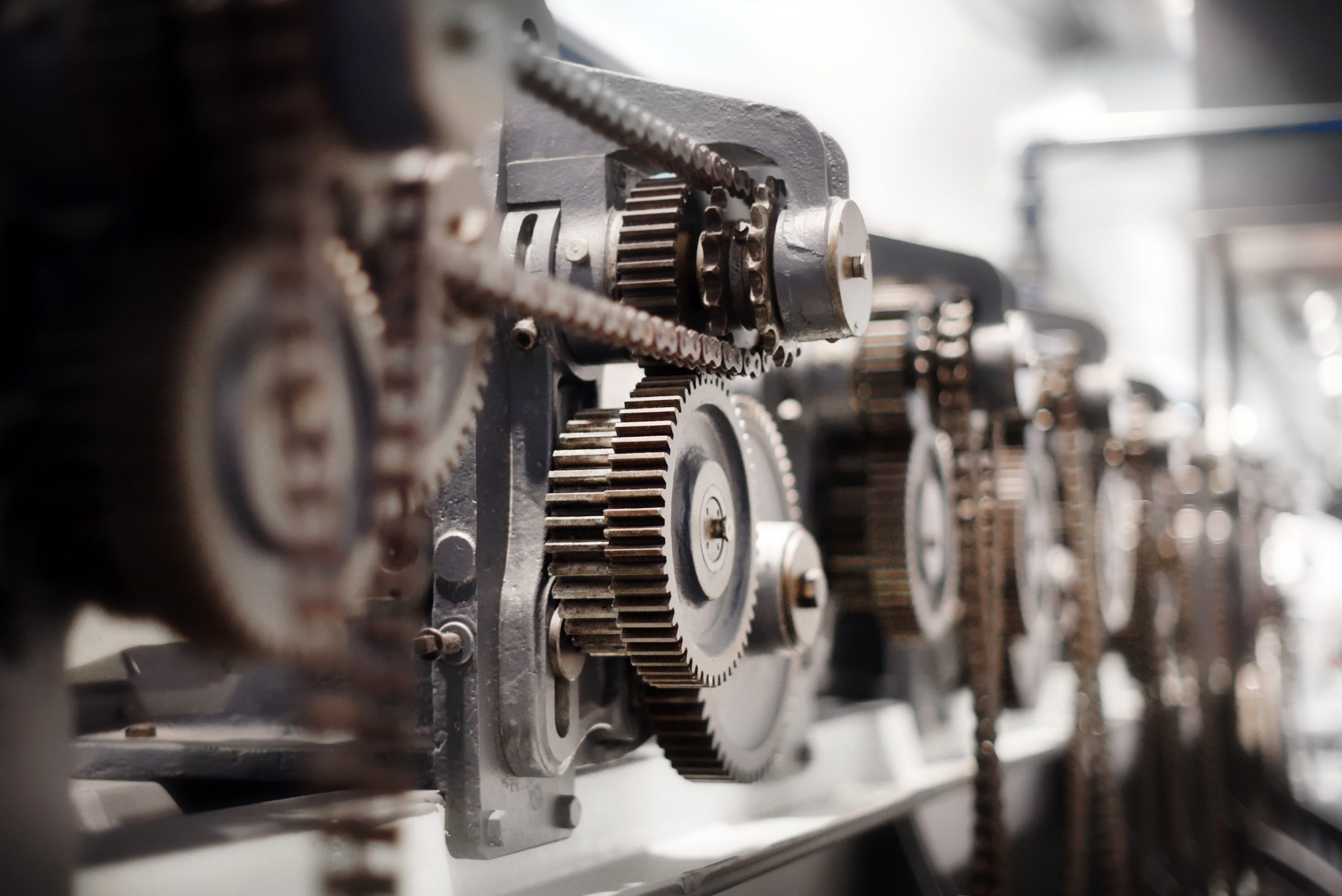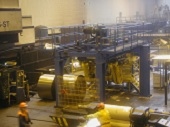Coke oven
The purpose of the experimental coke oven with a movable wall is to characterize coal charges before their processing in coke oven batteries and at the same time optimize the coke process for a specific coal type. The oven is equipped with a control system recording of all measured process parameters as well as protection of the oven against possible destructive processes.
Popis
Technical parameters:
330 kg is charged from above into the kiln and heated to a temperature of up to 1000 ° C. A circular coke cycle similar to that
performed in real coking chambers is simulated for 16 to 18 hours. Coke oven gas is collected, burned and purged before being released into the atmosphere. After processing the coal into coke, it is pushed into the hardening wagon. Decomposed in a small hardening unit, where it is subsequently turbid by a stream of water. Similar to real operating conditions.
Advantages of using an experimental coke oven with a moving wall:
• Achieving a suitable composition of coal mixtures – reducing costs, increasing the quality of coke
• Increasing flexibility in changing the quality of input materials – increasing the stability of coke
• Using lower quality coal types – reducing costs
• Determining the appropriate charge density – increasing the quality of coke, increasing battery productivity
• Charging expansion monitoring – protection of chamber stability, increasing battery life
• Monitoring the impact of coking rates and coke duration on the carbonization process – increasing battery production, coke quality, reducing energy consumption
• Coke contraction monitoring – preventing the operation of the coke oven with high efficiency, ensuring continuous production, increasing battery productivity, protecting the stability in the chamber, reducing emissions
• Use of additives in fillings – increasing the quality of coke, battery productivity, reducing costs (cheaper coking coal), disposal of hazardous waste from production
• Testing of new coal preparation technologies – cost reduction (cheaper non-coking coal), increased battery productivity, coke quality
• Fault monitoring and chamber wall lining wear – reducing emissions, reducing repair costs, increasing productivity, extending battery life
• Testing of new refractory materials for lining – the possibility of applying the results in a new battery design













